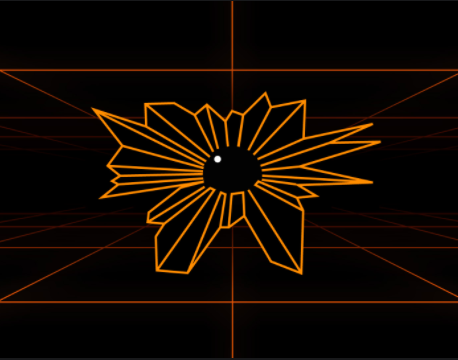

Honestly, this is the point where I’d just make a new VM and manually migrate what I need to


Honestly, this is the point where I’d just make a new VM and manually migrate what I need to


Hyper-V will work with physical disk, but be warned - the wizard you run through when making a VM will make it look like you give the VM a VHD file for storage or nothing. Just attach no storage to the VM initially, then go into the VM settings after the wizard is complete to attach something besides a VHD.
Can’t entirely remember if it handles partitions but I know it can boot particular disks and if the setting exists, that’s where it would be


Windows 7 was a competent OS with low system requirements, a stable kernel, a simple feature set that was well-known and useful, an interface that was comprehensible and clearly conveyed to the user, and it didn’t require extra investment or online accounts, and compatibility options for the really old stuff. It remains the Best version of Windows in my eyes.
8 took away the comprehenisble UI, low spec options, and lack of online service requirements, then 10 further complicated the UI and filled the OS with ads, the then 11 bloated the feature set, added even more ads, borked compatibility, and made the online accounts a requirement unless you pay extra and/or know what you’re doing.
Textbook Enshittification


I had tried that previously, but on trying it again I realized that I’d missed setting the Color Depth. Apparently this was enough to make it work properly. Thank you!!


deleted by creator
The slippery slope that projects taking this approach fall into boils down to ‘let’s put all our new features behind a business version and never add them to the community version until they become 2 totally different code bases’